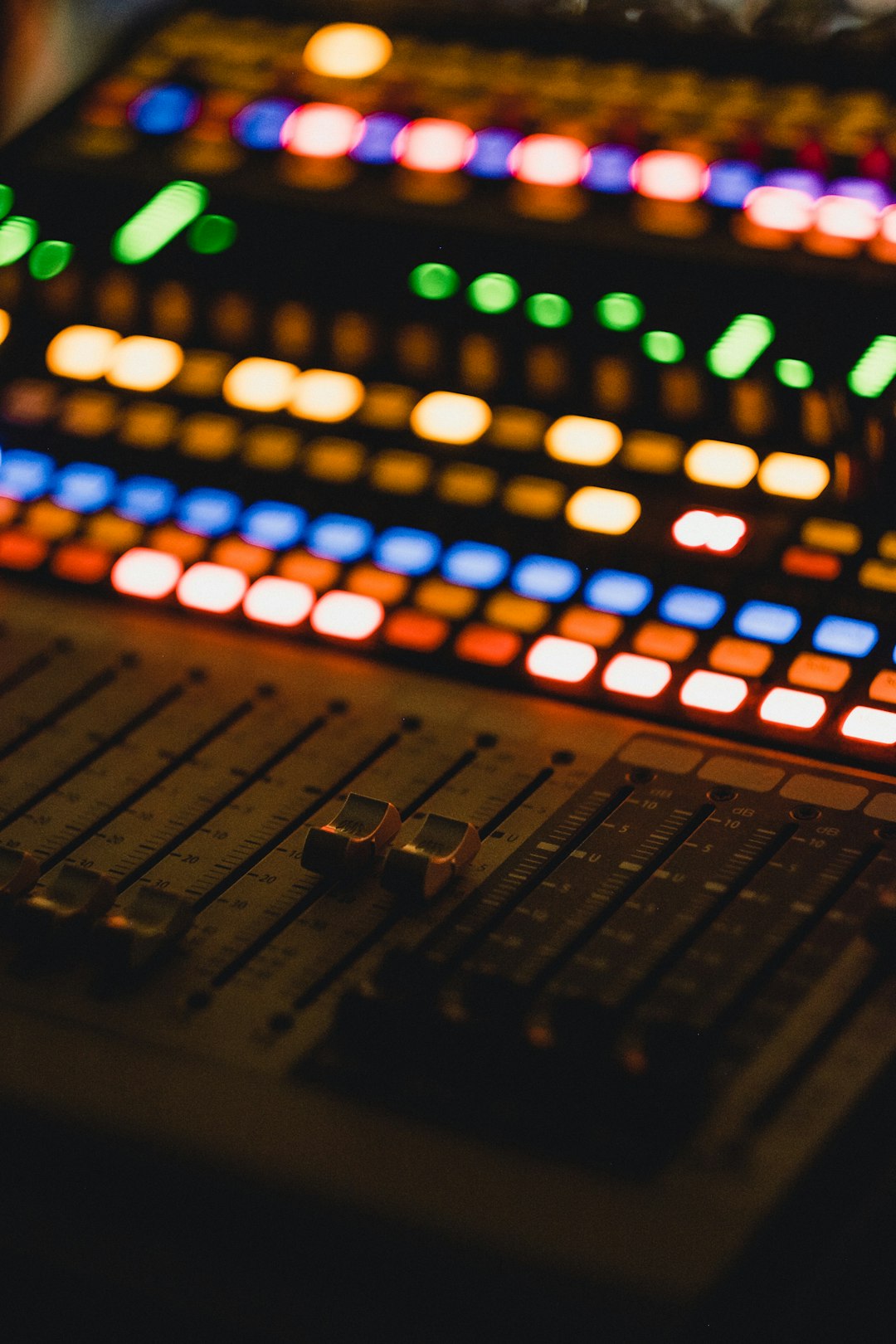Television is not just a source of entertainment; it is also a window to the world for many individuals. However, for people with hearing impairments, the experience of watching TV can be challenging due to poor audio quality. In this blog post, we will explore various ways to improve TV audio quality for those who are hearing-impaired.
The Importance of Clear Audio
Clear and distinct audio is crucial for individuals with hearing impairments to fully enjoy their TV viewing experience. Without proper audio enhancement, important dialogues, background sounds, and nuances in the audio can be lost, leading to frustration and lack of engagement.
1. Utilize Closed Captioning
One of the most effective ways to improve TV viewing for hearing-impaired individuals is by utilizing closed captioning. Closed captioning displays text on the screen that corresponds to the audio being played, providing a visual representation of dialogues and sounds.
2. Invest in Quality Headphones
For a more personalized audio experience, investing in quality headphones can make a significant difference. Hearing-impaired individuals can use headphones to amplify the audio directly into their ears, allowing them to hear the content more clearly without disturbances.
Enhancing TV Audio Settings
Many modern TVs come with advanced audio settings that can be customized to enhance the audio quality. Here are some settings to consider adjusting:
3. Adjust the Volume Settings
Simple adjustments to the volume settings can make a big difference in audio clarity. Increasing the volume or adjusting the balance between dialogue and background sounds can improve the overall viewing experience.
4. Use Equalizer Settings
Most TVs come with built-in equalizer settings that allow users to adjust the audio frequencies. Tinkering with the equalizer can help tailor the audio to the individual's hearing preferences.
5. Enable Audio Descriptions
Audio descriptions provide spoken narration of visual elements on the screen, making TV shows and movies more accessible for the visually impaired. Enabling audio descriptions can also benefit hearing-impaired individuals by providing additional context to the content.
External Audio Devices
External audio devices can further enhance the TV audio experience for individuals with hearing impairments. Here are some devices to consider:
6. Soundbars
Soundbars are compact speakers that can significantly improve the audio quality of your TV. They provide clearer audio and more depth to sound, making dialogues and background noises more discernible.
7. Amplifiers
Amplifiers can boost the volume of the TV audio without compromising on clarity. They are especially helpful for those with mild to moderate hearing loss, providing a louder audio output for better comprehension.
Wireless Solutions
Wireless audio devices offer convenience and flexibility for hearing-impaired individuals. Here are some wireless solutions to consider:
8. Bluetooth Transmitters
Bluetooth transmitters can transmit audio wirelessly from your TV to compatible hearing aids or headphones. This eliminates the need for cumbersome wires and provides a seamless audio experience.
9. Wireless TV Headphones
Wireless TV headphones allow users to listen to TV audio without disturbing others. They offer clear and personalized audio directly to the ears, enhancing the overall viewing experience for hearing-impaired individuals.
Creating a Comfortable Viewing Environment
In addition to audio enhancements, creating a comfortable viewing environment can also improve the TV experience for individuals with hearing impairments. Here are some tips:
10. Minimize Background Noise
Reducing background noise can help hearing-impaired individuals focus on the TV audio. Close windows, turn off noisy appliances, and create a quiet space for optimal viewing.
11. Optimize Room Acoustics
Room acoustics play a significant role in sound clarity. Adding rugs, curtains, or acoustic panels can help absorb excess sound reflections, providing a more balanced audio experience.
Seeking Professional Help
If audio enhancements and adjustments are not sufficient, seeking professional help from audiologists or hearing specialists can provide tailored solutions for improving TV audio quality for hearing-impaired individuals.
Embracing the Enhanced TV Experience
By implementing these strategies and utilizing the available tools and technologies, hearing-impaired individuals can enhance their TV viewing experience and immerse themselves in the world of audiovisual content. Improving TV audio quality is not just about sound; it's about creating a more inclusive and enjoyable entertainment experience for all.
Please feel free to visit one of our fellow Shopify user's stores by clicking here. Kindly note that this is a promotional link, and we cannot be held responsible for the content of the linked store.

